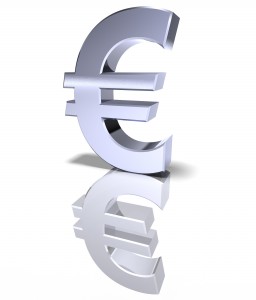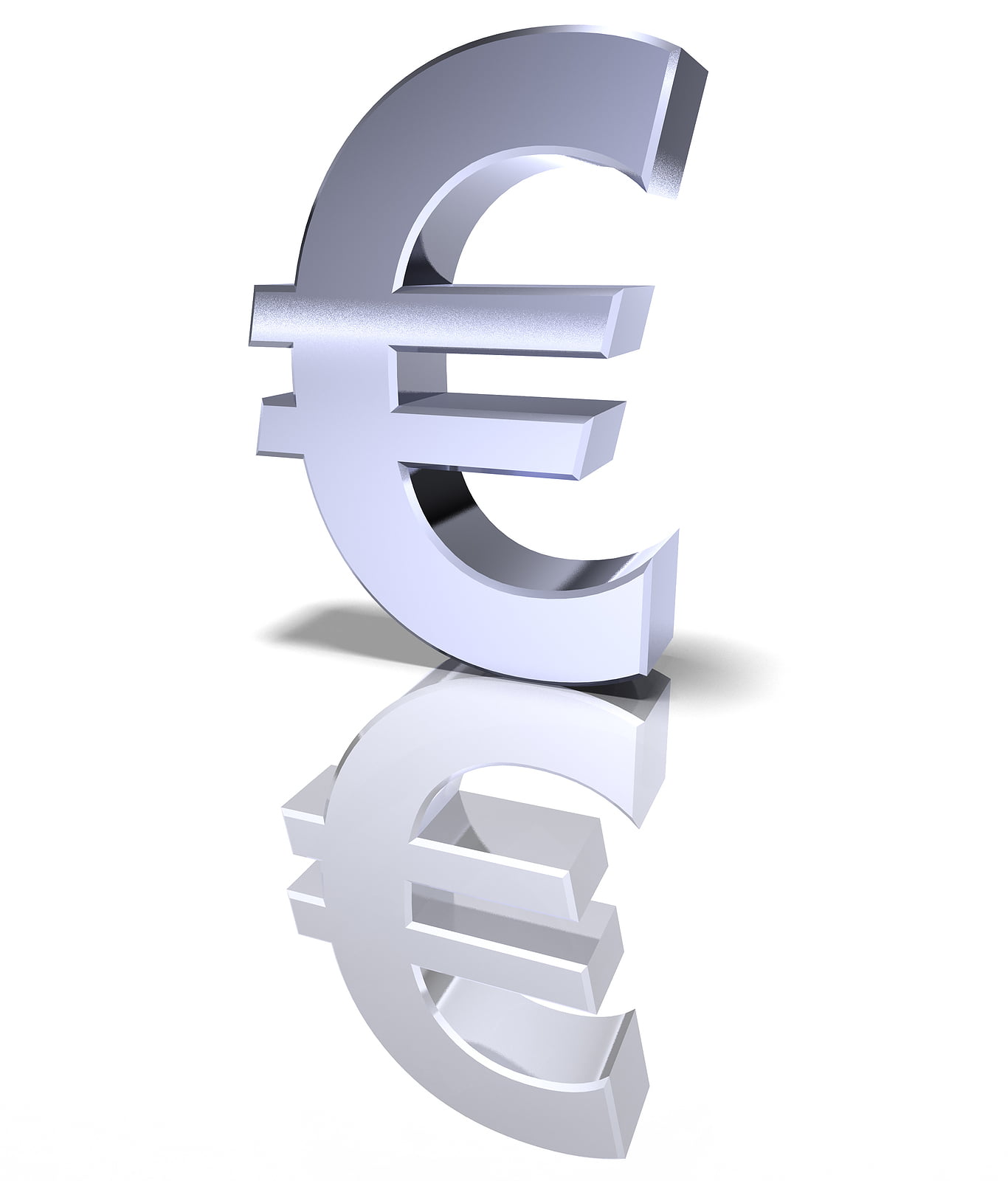2012-09-30 By Harald Malmgren
Deep divisions between Germany and its fellow Eurozone member governments have kept the ECB relatively paralyzed for the last couple of years.
The Long Term Refinancing Operations (LTRO) did provide 3-year liquidity relief to Eurozone banks. The LTRO enabled Eurozone banks to purchase new issue sovereign debt as the ECB itself was not permitted to do, in effect helping to bail out governments from effects of rising interest rates.

Perhaps unintended, the banks also used LTRO funding to delay deleveraging required under Basle 3. While it had been the intention of most Eurozone regulators that banks shed assets dramatically, recent data reveal that the banks have actually increased assets in the process of acquiring additional Euro sovereign debt.
(Sovereign debt is treated as “risk-free” under Eurozone regulations.)
LTRO funding did enable banks to continue lending, delaying a liquidity crunch that would have taken place if banks had deleveraged by more than €1.2 trillion, as had been targeted last year.
The delay, and consequent enlargement of assets, means that “restructuring” of most Eurozone banks has been deferred for additional years.
Not surprisingly, several Eurozone governments have been in the forefront of opposition to the present timetable of Basel 3, seeking instead a much longer (indefinite?) timetable.
In response to what appeared to be massive stresses in Spain and Italy, and increasing probability of exit by Greece from the Euro, the ECB found itself in search of yet additional flexibility.
Blocked by Germany from outright purchases of sovereign debt of Spain and Italy, or direct injection of capital into Spanish and Italian banks, consensus has been formed within a clever interpretation of the ECB mandate that allows purchase of sovereign securities as a means of assuring against “redenomination risk” (possibility of one or more Euro member exits) within the Eurozone.
ECB Chairman Draghi has outlined a bold new program, although the exact nature of the new program remains obscured by several unknowns:
- How much must each Eurozone member ante up for the new program, and will their allocations be forthcoming (i.e. will the weaker members be able to contribute?).
- Will potential recipients of special funding be willing to submit to new “conditionality” requiring even greater austerity measures, or will they refuse leaving the new mechanism a theoretical construct?
- What happens if conditionality is accepted by Spain and Italy, but then one of them demurs and explains it cannot abide by the new terms?
Exclusion or large-scale penalization at that point would bring about a massive Euro crisis.
Since the German Constitutional Court has made clear that any additional funding must be subject to German voter approval, would German voters support a large increase in the total German commitment to assistance to neighbors stipulated in the ESM – especially before next year’s German national elections?
More fundamentally, the economic outlook for the Eurozone is far more negative than official forecasts.
For example, there continues to be an assumption that the German economy will remain insulated from negative growth in the rest of the Eurozone. This assumption ignores the high degree of dependence on exports to drive German GDP growth. German exports to Euro neighbors will not be the only source of weakness.
Global slowdown in trade means weakening of demand for German exports to the rest of the world. German industry will face intensifying competition with other exporters of machinery and equipment (including Japan, South Korea, etc.) aimed at increasing manufacturing capacity in emerging markets, particularly as many of these markets are experiencing overcapacity during deepening world industrial slowdown.
Exporters of power plants, turbines, and other infrastructure manufactures for third world markets more broadly will tend to suffer as growth of economies of export-dependent developing countries falters along with slowdown in demand for their exports of raw materials and high labor content manufactures.
It may also be noted that the long period of exceptional performance of German automotive exports will now face intensifying competition in a global market likely to experience much slower growth and austerity policies aimed at curtailing conspicuous consumption (e.g., China).
Even with the delayed deleveraging and incremental increase in liquidity, the European economic outlook continues to degrade.
Recent Euro wide August PMI was expected to show some modest recovery to 46.6 from 46.3 (or a slower rate of contraction), but instead dropped to 45.9 showing that the recession in Europe is actually getting worse.
While that news is not good, the collapse in French PMI from 46.0 to 42.6, if sustained could mean a French disaster.
France is the second largest economy in Europe and the lowest PMI print in 4 years will likely mean a further drop in GDP and further increase in its budget deficit.
In fact, France’s deficits have continued growing in a manner similar to many of the European countries already considered to be trouble. The policies of the Hollande government seem unlikely to change this over the near term as he chases away capital that is at the center of capital formation with his 75% tax.
If the market begins to question France’s ability to sustain these levels of deficit and debt then the likelihood that Europe could survive a run at France is slim. Already 30% of the EFSF/ESM funding is coming from the very countries that need the EFSF/ESM funding.
Adding France to the troubled economies list raises profound doubts about the coherence of the Eurozone.


